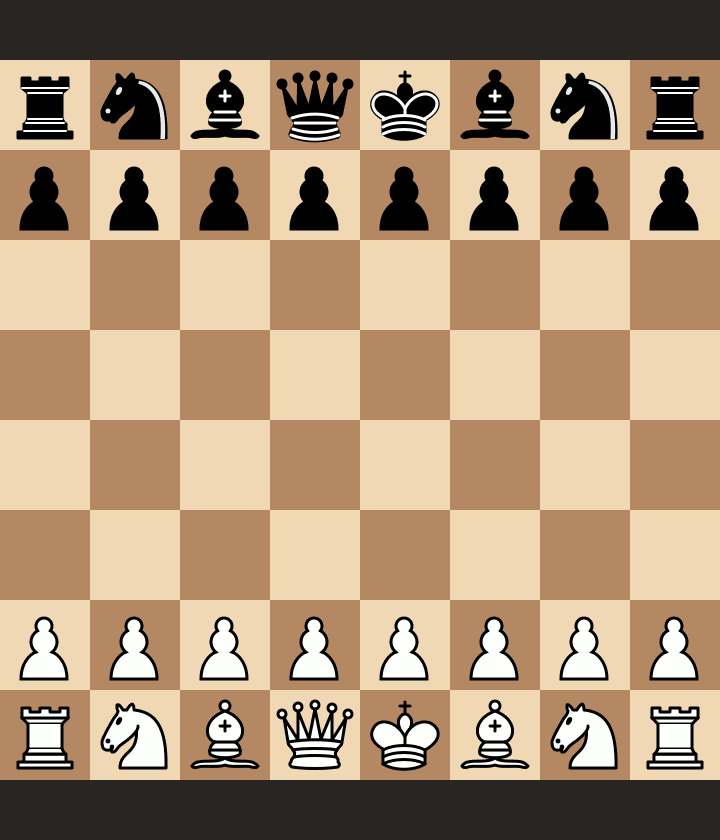1. Nf3 Nc6
nf3 wasn't my normal preparation. I played this game for fun and gambled with nf3.here i am playing with the white pieces
2. d4 d5
3. c4 dxc4
4. e4 Bg4
here I decided that this replay is the best considering the situation and I decided that I should play this anyway. but in this particular variation I have a better game. usually a player in this kind of positions wants to go c5 and bust open the center. but his knight is blocking the pawn and therefore a generous favor by my opponent.
5. Bxc4 Bxf3
6. Qxf3 Nf6
7. d5 Nd4
8. Qc3 e5
9. dxe6 Nxe6
10. Bxe6 fxe6
11. O-O Nxe4
12. Qf3 Qd5
I know that here I need to move a third time with the queen. some of you may think that this is problematic, but I think it has a good side and a bad one. if we think about it, I can and will develop fast and my opponent does not really have a safe place for his king, my compensation for moving the queen three moves in a row is that I make it harder for my opponent to castle
13. Rd1 Qe5
activating the rook with a tempo on his queen
14. Bf4 Qf5
here i am also activating my bishop with a tempo, although re1 would have ended the game immediately- followed by long castling for black and Nc3, black will lose a piece.
15. Nc3 Nxc3
nc3 is great here! I am trading his active minor piece for my bad knight!, declining the trade would have been bad for him.
16. bxc3 c6
17. Rab1 e5
now I am activating my second rook on the semi open file, black is not yet completely lost, but his position is beginning to crumble.
18. Rxb7 e4
if you are asking yourself why you cant capture the bishop, Qc6 and after my opponent plays Qd7, Qxd7 will be mate
19. Re1 *
here my opponent resigned- the computer here said mate in 17, black is lost.